ABS Melting Point. ABS has a melting point typically around 105°C (221°F). Its semi-crystalline structure allows ABS to soften gradually when heated rather than displaying a distinct melting point.. One of the prime weaknesses of ABS material is that it is easily affected by polar solvents; however, its smooth processability makes things.. Acrylonitrile butadiene styrene (ABS) (chemical formula (C 8 H 8) x · (C 4 H 6) y · (C 3 H 3 N) z) is a common thermoplastic polymer. Its glass transition temperature is approximately 105 °C (221 °F). ABS is amorphous and therefore has no true melting point.. ABS is a terpolymer made by polymerizing styrene and acrylonitrile in the presence of polybutadiene.The proportions can vary from 15.

DSC traces for the various ABS samples and a summary table of the... Download Scientific Diagram

Mechanical Properties of PS/ABS Blends Download Table

ABS Adhesive, Abs glue, bonding abs
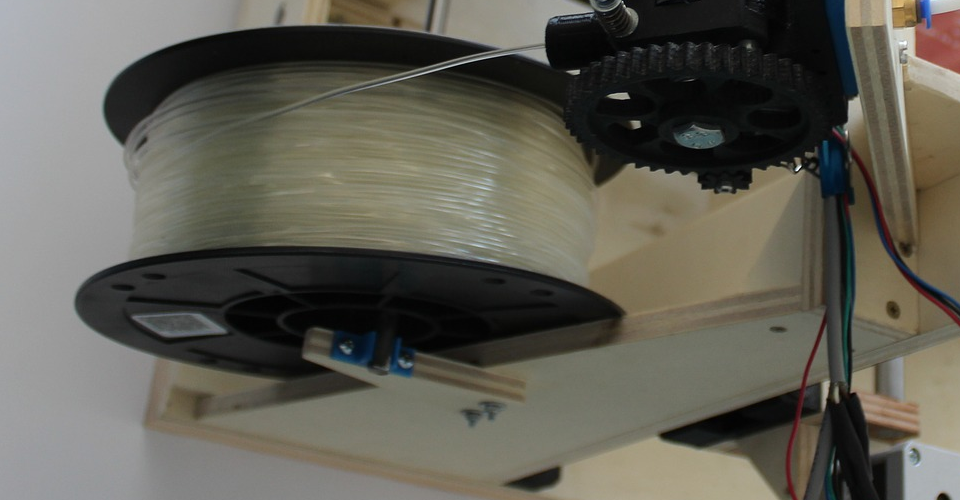
Melting Point of ABS Everything You Need to Know 3D Insider

Afon® Metal/ABS Melting Point Device, 8.7 L x 6.3 W x 6.7" H SECO
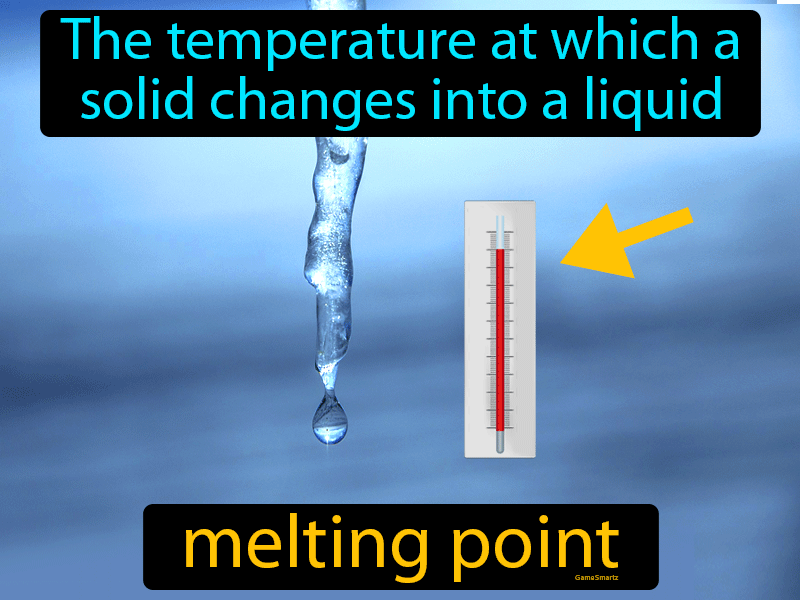
Melting Point Definition & Image GameSmartz
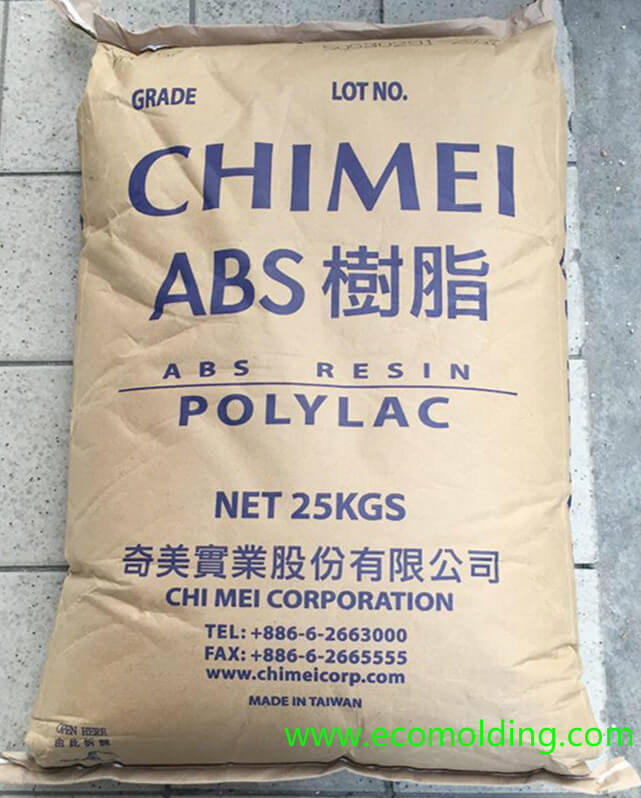
ABS plastic injection molding conditions and properties
What are Alloys? (Definition, Examples, and Metallurgy) Materials Science & Engineering

Typical properties of ABS, PLA and HIPS. Download Scientific Diagram

Melting Point Of Different Metals YouTube

CHIMEI POLYLAC®ABS PA709 Ultra high impact strength/good low temperature resistance Dongguan
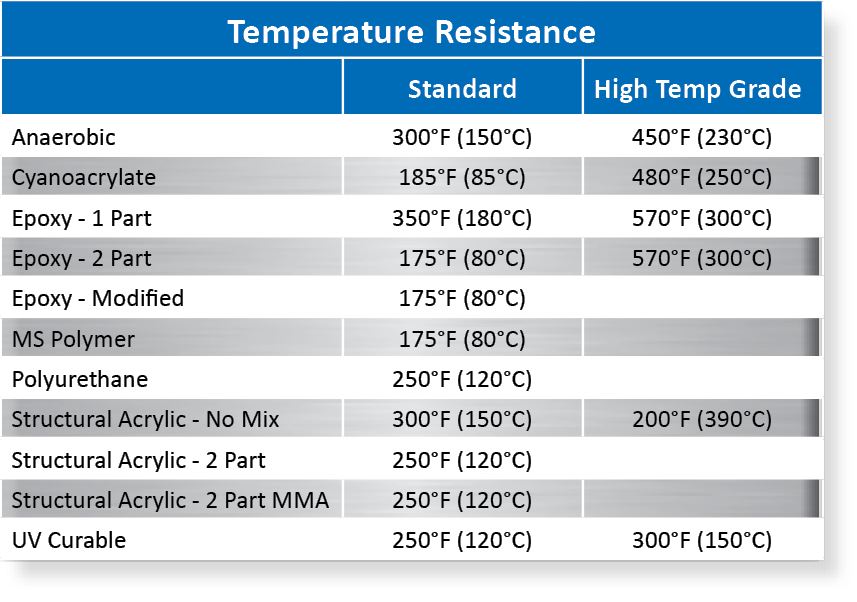
What's the best glue for ABS plastic? ABS Adhesive
Metal Melting Points Chart
![The Melting Points of 80 Elements, Substances, and Metal Alloys [Infographic] The Melting Points of 80 Elements, Substances, and Metal Alloys [Infographic]](https://infographicjournal.com/wp-content/uploads/2019/04/Melting-Points-80-Elements-feat.jpg)
The Melting Points of 80 Elements, Substances, and Metal Alloys [Infographic]

Stainless Steel Melting Point 600 Gal Stainless Steel Melting Tank 13526 New Used

Solder Melting Point Chart
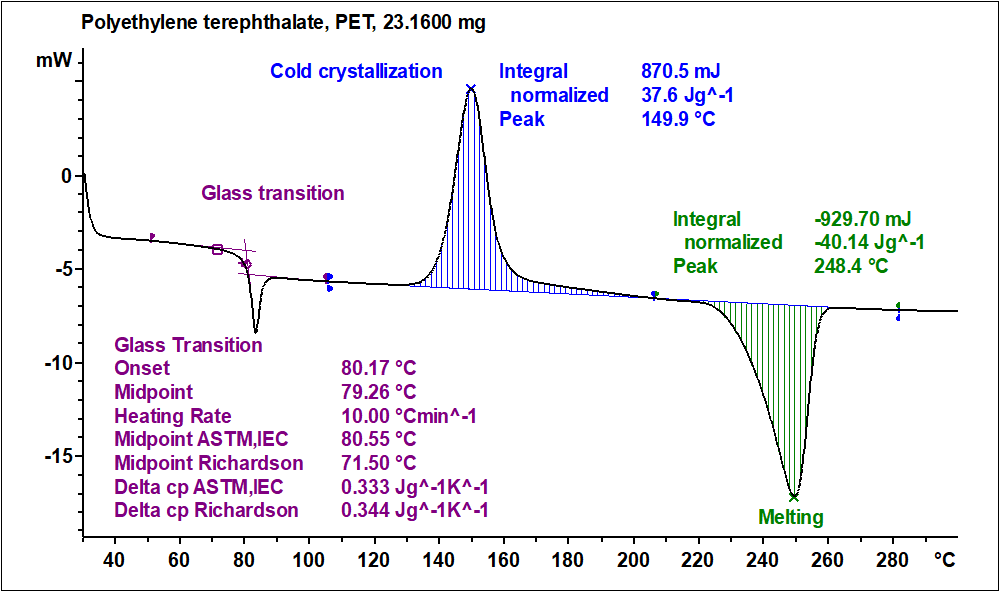
Differential Scanning Calorimetry (DSC) Surface Science Western
17 Metals With the Highest Melting Points (and Why) Materials Science & Engineering Student (2022)

Melting point chart Ericvisser
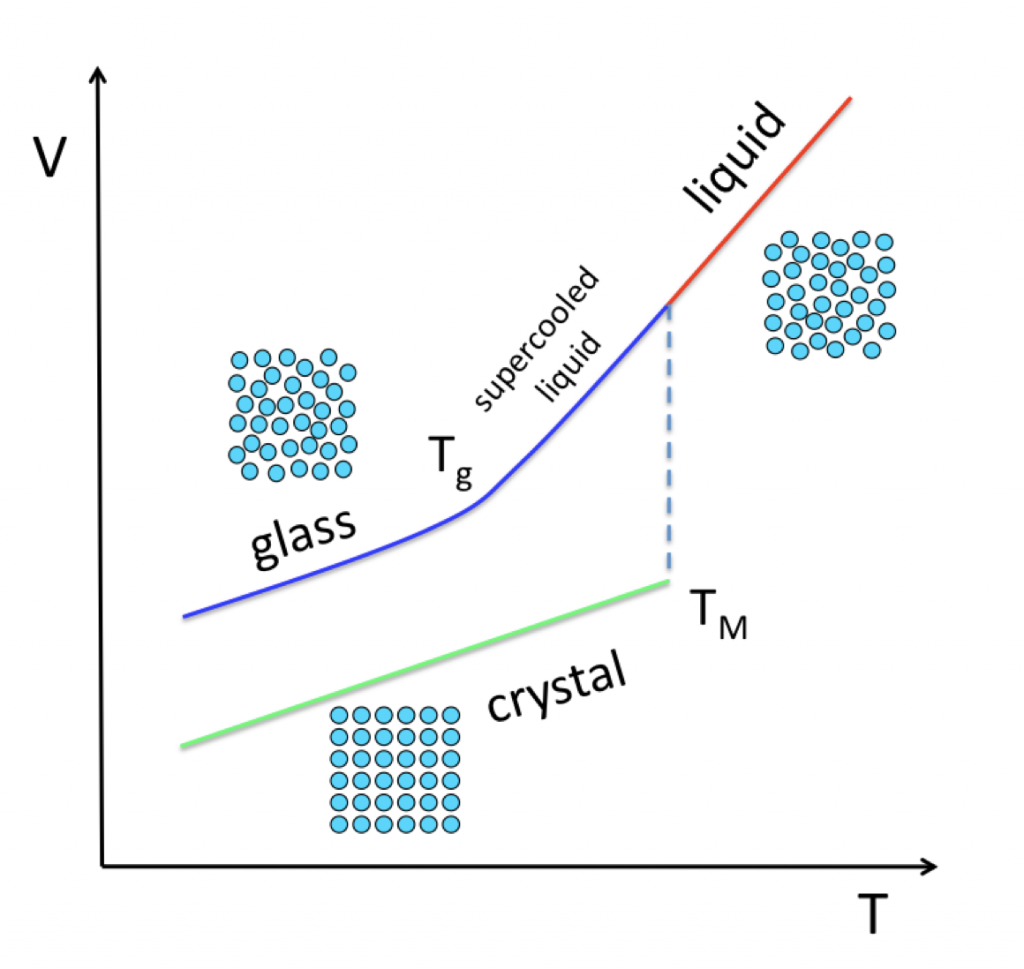
The Glass Transition Polymer and Soft Matter Dynamics
Will ABS Melt in a Car? ABS is amorphous and, therefore, has no melting point. Instead, it has a 3D printing temperature of about 230 - 270°C and a glass transition temperature of 200 °C (392 °F). This temperature is much higher than the boiling point of water, thus, allowing ABS filaments to withstand as much car heat without melting.. It is an amorphous polymer. It is made of three monomers: acrylonitrile, butadiene, and styrene. It is a preferred choice for structural applications due to its physical properties. These properties include high rigidity, resistance to impact, abrasion, and strain. Used in electronic housings, auto parts, consumer products, pipe fittings, and.